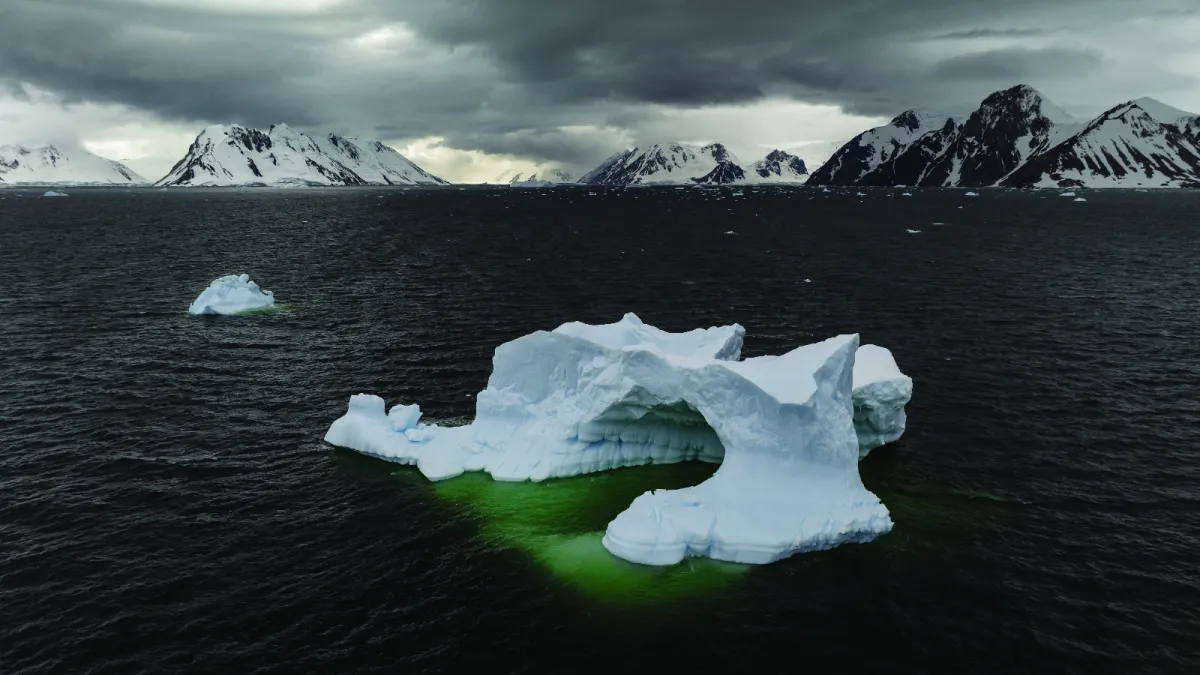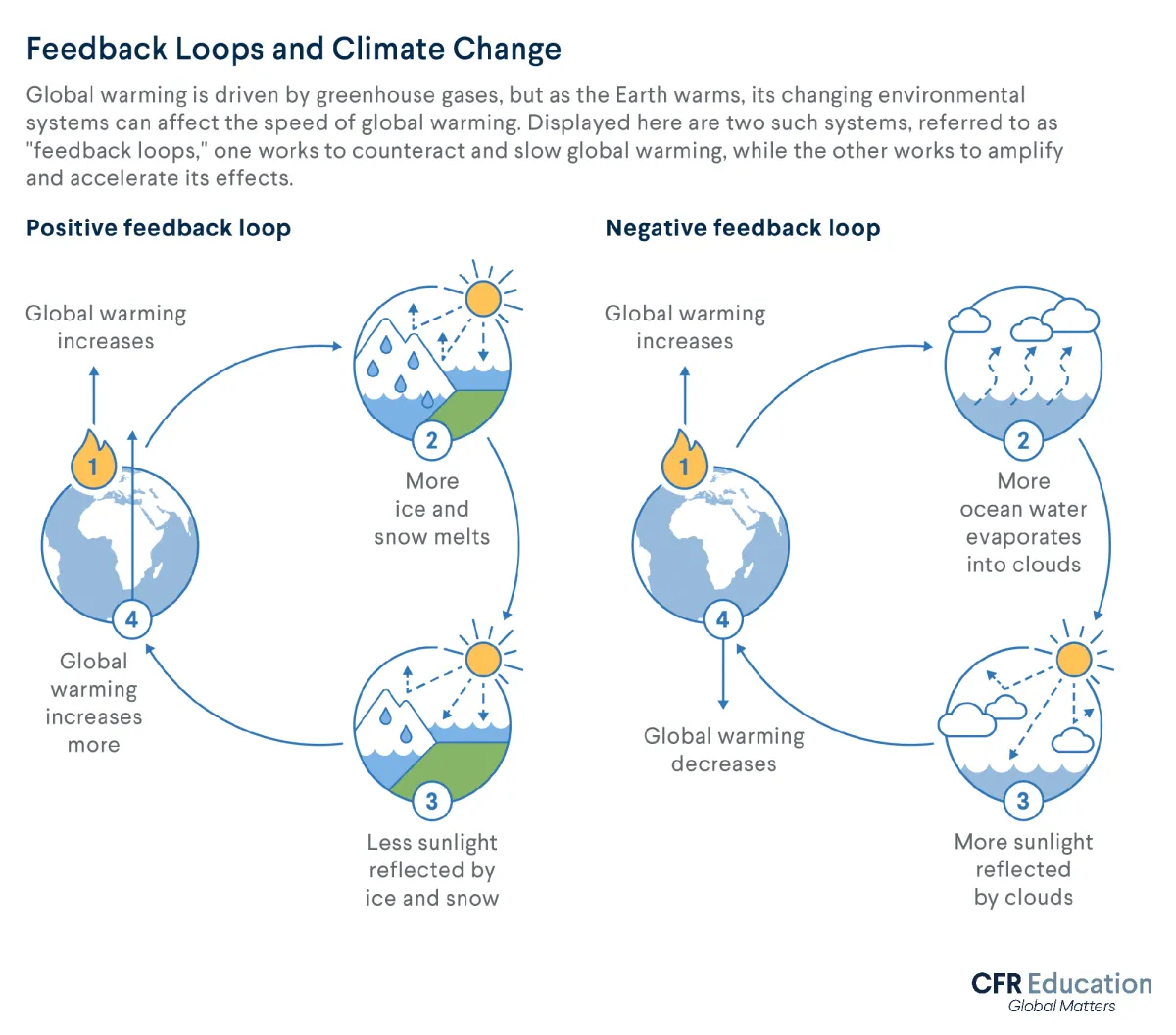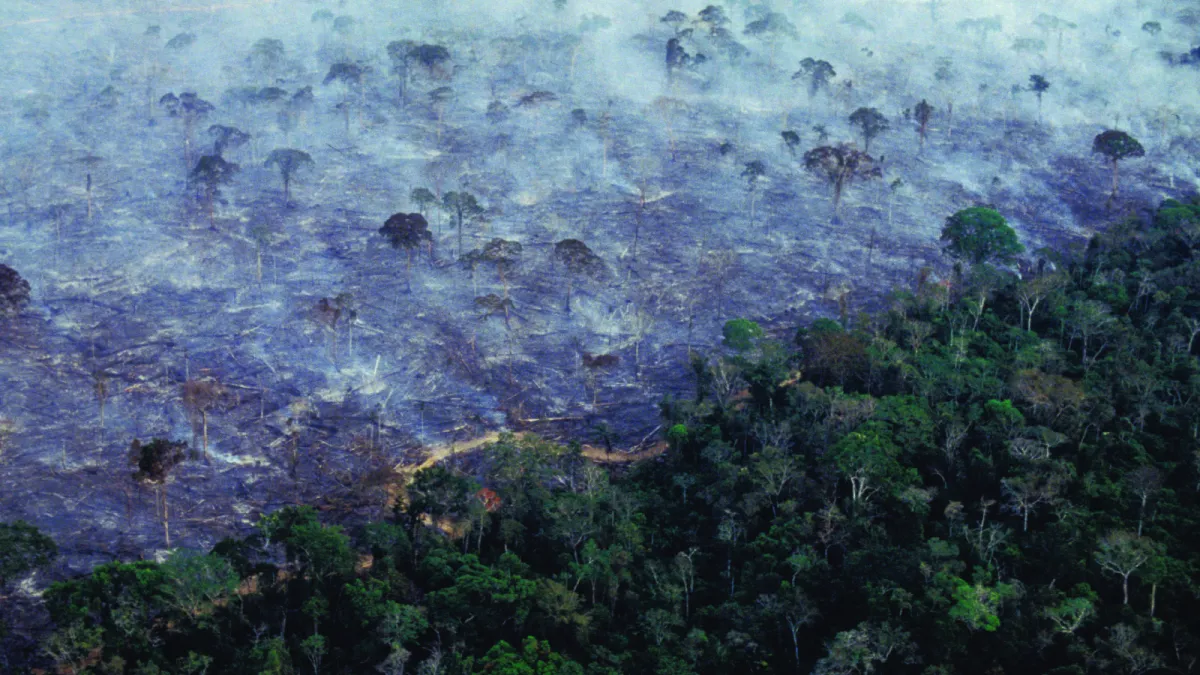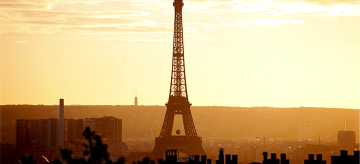How Climate Change Can Get Even Worse
Climate change can amplify itself through feedback loops. It can also trigger catastrophic “tipping points.”
Imagine a snowball rolling down a hill. As it rolls, it picks up more and more snow, getting larger and heavier. The bigger it gets, the faster it rolls and the more snow it collects.
Something similar can happen with climate change. Global warming can trigger shifts in the environment that release more greenhouse gases into the atmosphere. This can lead to a cycle of more warming and even more gases being released.
If changes in the earth’s temperature and weather patterns cross certain critical thresholds, they can trigger events known as tipping points. Those tipping points will have widespread and often irreversible consequences.
In this resource, we’ll explore how climate change can enter self-reinforcing feedback loops and possibly trigger disastrous results.
What are climate feedback loops?
Changes to Earth’s average temperature can cause feedback loops. These are processes that accelerate or decelerate warming. Negative feedback loops slow warming and help regulate the climate. They include many basic planetary functions, such as water evaporation forming clouds that reflect sunlight. Positive feedback, on the other hand, accelerates temperature rise, causing far more disruption.
Experts worry that positive feedback loops can lead to a vicious circle of intensifying warming. Here are a few examples:
- Melting ice: Bright white objects like ice reflect light, so much of the energy from the sun that hits ice is bounced back into space. But as the world gets hotter, ice melts, revealing the darker-colored land or water below. Those darker features absorb more of the sun’s energy, leading to more warming and more ice melting.
- Thawing permafrost: Permafrost, a layer of soil that remains frozen year-round, is beginning to thaw as temperatures rise. Bacteria in those newly thawed soils then break down organic matter and release CO2 and methane into the atmosphere. Those greenhouse gases further warm the planet, which leads to more permafrost thawing.
- Rainforest loss: As the trees in rainforests grow, they absorb and store a large amount of CO2. But with climate change, warming temperatures lengthen the dry season and contribute to droughts in major rainforests such as the Amazon. That limits how much the rainforests grow and thus how much CO2 they pull from the atmosphere. Droughts can even contribute to forest destruction, with the burnt or decomposing trees releasing all the CO2 they had stored earlier. That rise in CO2 increases warming, which leads to more intense droughts that cause even more rainforest loss.
Positive feedback loops can build upon themselves, speeding up global warming. But experts believe that, at climate tipping points, certain harms get locked in.
What are climate tipping points?
In some cases, climate change can cross critical thresholds in the environment. Those thresholds are what climate scientists call tipping points. Think of a row of dominos. When one falls, it hits the next, and then the next, until all the dominos have fallen. You cannot stop the chain reaction partway through.
Just like the first domino in a line, crossing climate tipping points can rapidly trigger a series of significant and often permanent consequences.
Climate scientists have identified multiple potential tipping points in different natural systems. Here are a few examples:
The Atlantic Meridional Overturning Circulation (AMOC) —The ocean acts like a conveyor belt, moving warm water from the tropics to colder areas, which helps regulate the earth’s climate. The Atlantic meridional overturning circulation is an important part of that system of currents. Global warming disrupts the AMOC by adding melting ice and fresh water into the Atlantic. Fresh water is less dense than salt water, so it interferes with the natural sinking and rising of water that drives that circulation. If the AMOC stops, sea levels could rise, weather patterns could become more extreme, and temperatures could shift—hotter near the equator and colder at the poles. That effect would make some regions less habitable and reduce the ocean’s ability to absorb vast quantities of carbon dioxide, accelerating global warming.
Any one of those tipping points could have catastrophic consequences for the planet and for all humanity. That is why it’s so important to act now and stop that first domino from causing all the others to fall.
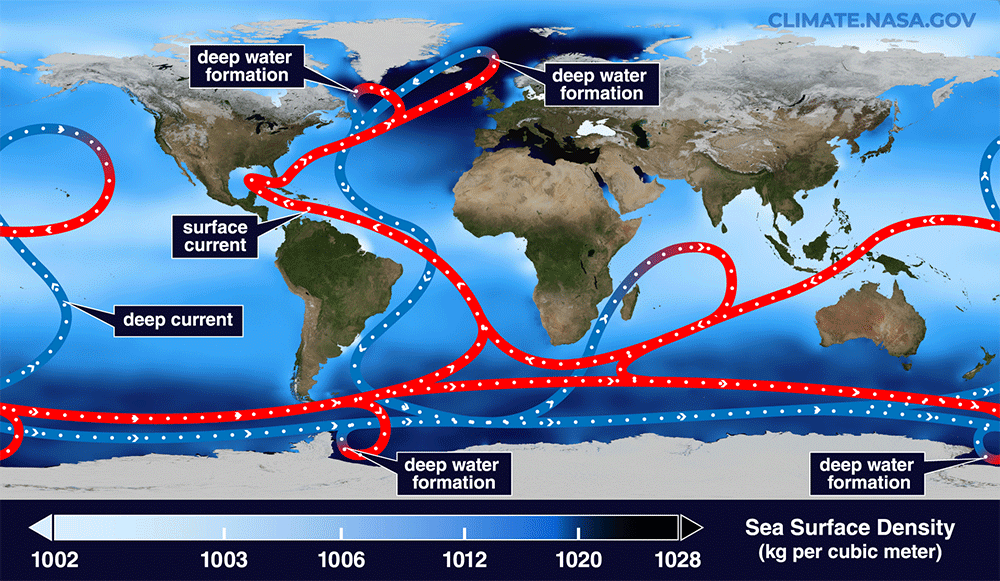
The Thwaites Glacier —The Thwaites Ice Shelf, notoriously known as the Doomsday Glacier, is a giant ice formation off the coast of West Antarctica, roughly the size of Florida. It acts like a stopper, slowing the flow of ice from the west Antarctic ice sheet into the ocean. Due to global warming, Thwaites has been rapidly melting, losing trillions of tons of ice since the 1990s. If it collapses, ice will flow into the ocean much faster, raising global sea levels by around two feet. The collapse would also destabilize the larger west Antarctic ice sheet, potentially leading to an additional rise of over ten feet. Such a rise would flood coastal cities, displace millions, and cause widespread damage to ecosystems and infrastructure.
Coral Reefs — Corals rely on tiny algae living in their tissues. Those organisms provide nutrients through photosynthesis and give corals their vibrant colors. When ocean temperatures rise even slightly, corals become stressed. They react by expelling the algae, leading to a process called bleaching where they turn a stark and skeletal white. If the water cools soon after, a slow recovery is possible, but if the heat continues, the corals can starve and die. Different coral reefs have different temperature limits, but with more frequent heat waves and rising ocean acidification, the risk of widespread coral death is growing. Their extinction threatens marine life and millions of people who depend on reefs for food, jobs, and storm protection.
Albedo Effect—The Arctic is warming nearly four times faster than the rest of the planet, and its ice is melting at an alarming rate. That ice acts like Earth’s reflective shield, bouncing sunlight back into space—a process known as the albedo effect. But as the ice disappears, darker ocean and land absorb more heat, accelerating warming even further. The Arctic is losing sea ice by about 13 percent each decade. Experts warn it could be ice-free in the summer as soon as 2040 if emissions aren’t drastically cut. The effects won’t stay in the Arctic; they will ripple out, affecting weather patterns, sea levels, and ecosystems worldwide.
The Amazon Rainforest —The Amazon Rainforest, known as the lungs of the earth, absorbs around half a billion tons of carbon dioxide annually, helping regulate global temperatures. However, deforestation is pushing this vast rainforest to the brink. If that trend continues, large areas could permanently transform into a dry savannah, which would devastate one of the world’s most biodiverse regions. Despite rampant deforestation and burning, the Amazon’s trees remain a crucial carbon sink, absorbing the equivalent of ten years’ worth of human emissions. If all that stored carbon is released, scientists warn it could warm the planet by up to 0.3°C.
